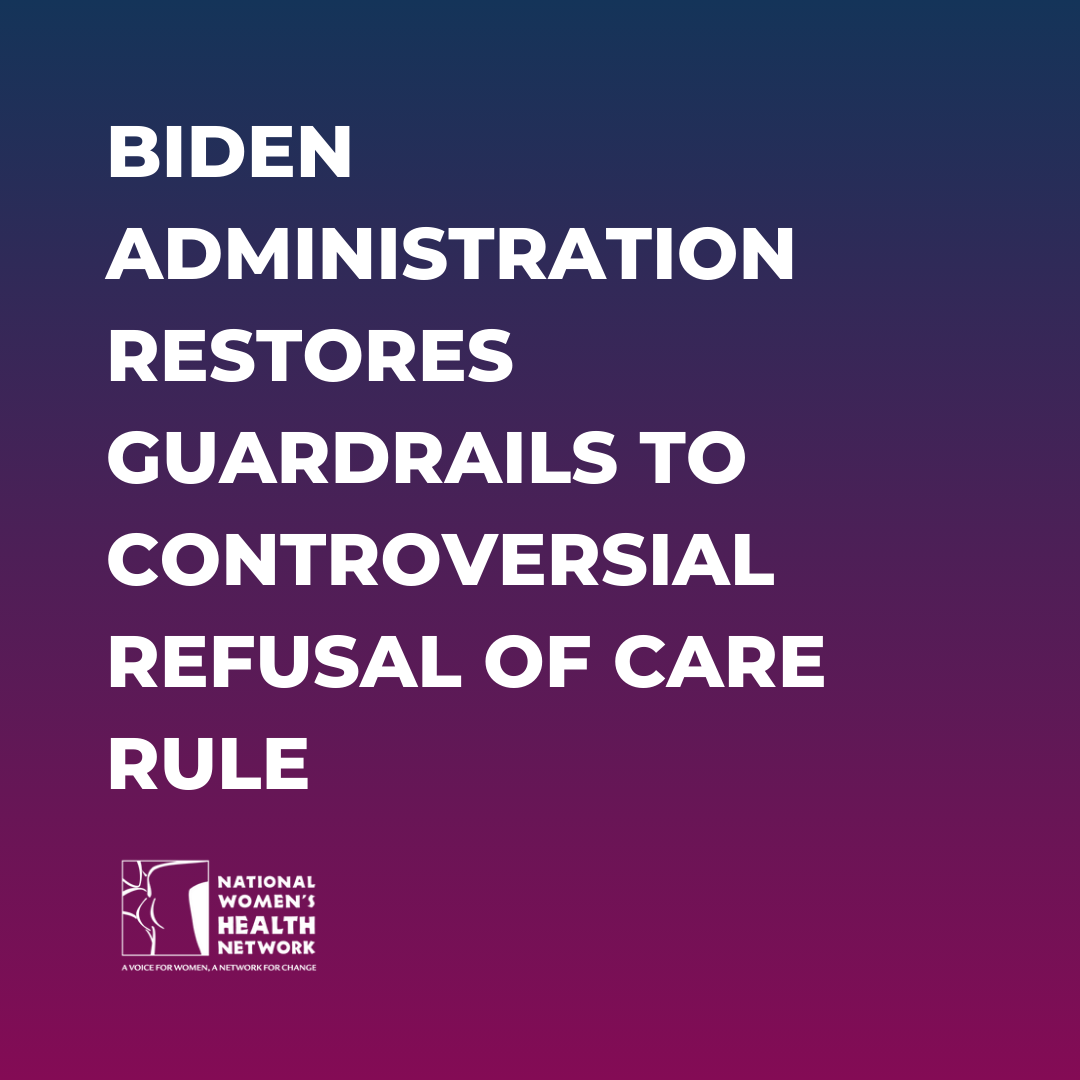Women and Oral Health
Women face unique risks for oral health problems that can undermine their general health and pregnancy. Fluctuating sex hormone levels during the menstrual cycle, pregnancy, and menopause, as well as from oral contraceptive use, can lead to severe gum disease.[1],[2] Morning sickness and acid reflux can also break down the protective barrier against tooth decay. [3] Common oral health problems during pregnancy include cavities, loose teeth, gum disease, and pregnancy oral tumors.[4] A growing body of research has confirmed that severe gum disease increases the likelihood of preterm birth and low birthweight.[5],[6] Oral health problems can also increase the risk of other health problems for women, including diabetes,[7] heart disease,[8] Alzheimer’s disease,[9] pneumonia and chronic obstructive pulmonary disease,[10] and osteoporosis.[11]
Disparities in Women’s Oral Health Access
Many women in the United States often go without necessary dental care. Having trouble getting to or affording dental care isn’t an isolated problem. It is connected to and made worse by other access challenges, such as finding transportation, taking time off work, and arranging childcare. These barriers widen disparities in oral health and general health.
- In 2016, about 12 percent of women across all ages reported an unmet dental need due to cost.[12]
- From 2011-2014, approximately 30 percent of women aged 20-44 years, 23 percent of women aged 45-64 years, and 19 percent of women aged 65 years and over reported having untreated cavities.[13]
- From 1999-2004, for both pregnant and nonpregnant women, women of color and women with low incomes or less education were less likely to report visiting the dentist in the previous year.[14]
- In 2004-2006, Hispanic and non-Hispanic black women were less likely to report receiving dental care during their pregnancy and to report ever receiving a teeth cleaning, even after accounting for differences in age, income, education, insurance status before pregnancy, adequacy of prenatal care and smoking.[15]
Policy Landscape of Oral Health Access
States could do more to expand dental coverage through Medicaid, but without a federal mandate to do so, they haven’t. Only 17 states offer comprehensive dental benefits to Medicaid enrollees. [20] Some states offer comprehensive dental benefits to pregnant women, but women also need dental coverage before and after their pregnancy.
Given the pervasive barriers to dental care for people with low incomes, state efforts are not enough to close disparities in oral health access.
- Nearly 63 million people live in more than 5,800 dental health professional shortage areas across the country.[21]
- Relatively low dentist participation in Medicaid makes it even more challenging for Medicaid enrollees to obtain dental care. As of 2015, approximately 38 percent of dentists accept Medicaid or the Children’s Health Insurance Program.[22]
- In 2014, only 7 percent of adult Medicaid enrollees had dental benefits compared to 58 percent of privately insured adults. [23]
Time to Reunite the Mouth With the Rest of the Body
The growing evidence makes clear that the U.S. health care system can no longer care for a person’s teeth separately from the rest of the body. Now is the time to advocate for affordable and comprehensive dental coverage. Dental care is health care.









